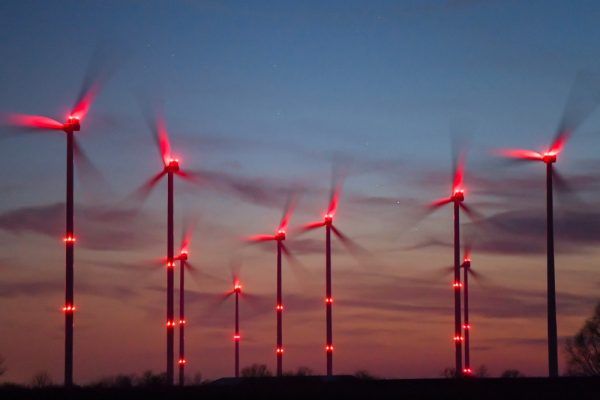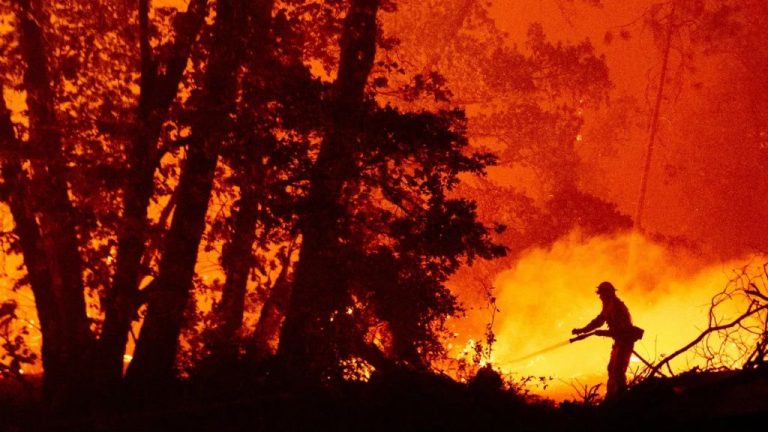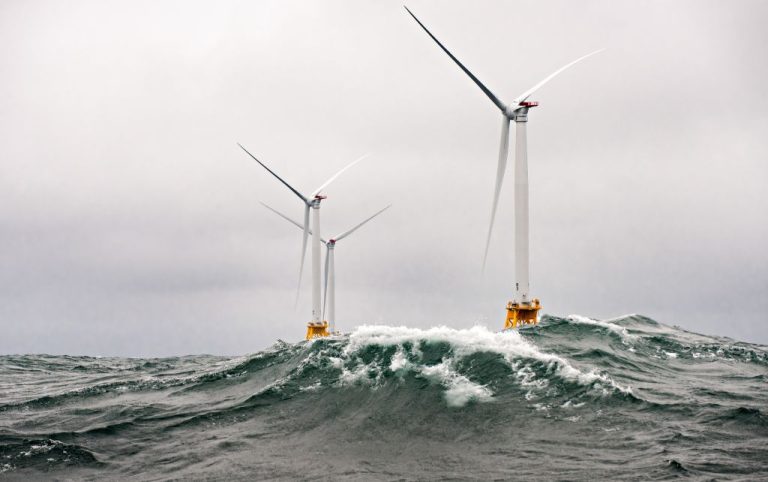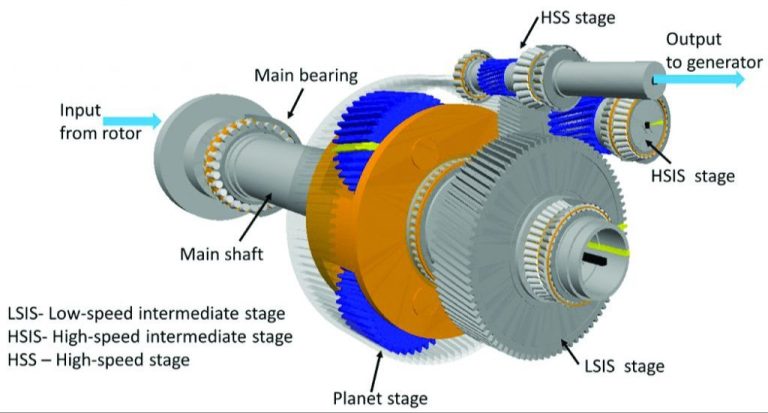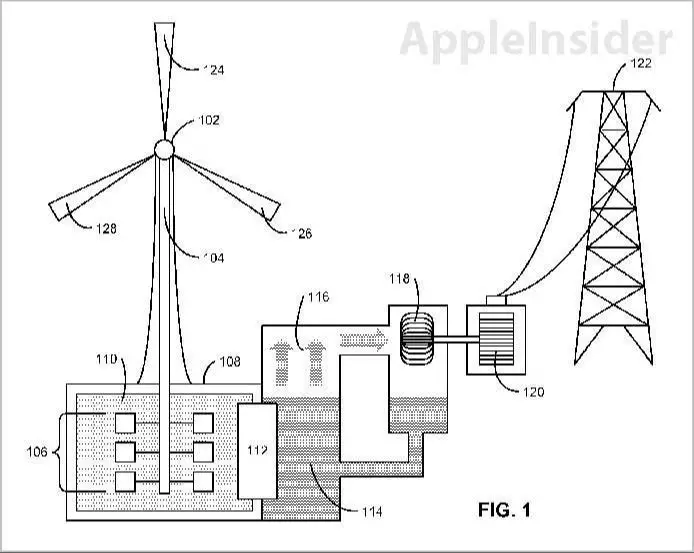How Does It Cause Wind?
What is wind?
Wind is simply air in motion. It is caused by differences in atmospheric pressure, which are due to the unequal heating of the Earth’s surface by radiant energy from the sun. Wind flows from areas of higher pressure to areas of lower pressure. The greater the temperature difference, the greater the air pressure difference and the greater the speed of the wind.
Wind speed refers to the average velocity of the wind over a given period of time. Wind gusts are short, sudden bursts of high speed wind. Wind gusts are usually excluded when determining average wind speed.
Global wind patterns
Earth’s rotation combined with the heat from the sun affect global wind patterns. As the planet rotates, the equator receives the most direct sunlight. This heats the air in the tropics causing it to rise. As this hot air rises, cooler air rushes in at the surface creating wind patterns. There are three major wind belts that encircle the planet.
The trade winds blow from east to west near the equator between 0 to 30 degrees latitude. As air rises at the equator, it flows north and south then sinks about 30 degrees north and south of the equator creating the trade winds.
The westerlies blow from west to east between 30 to 60 degrees latitude in both hemispheres. This is where cool, dense air sinks from the poles and flows towards the equator. As this air approaches the equator, it is deflected west to east by the rotation of the Earth.
The polar easterlies blow from east to west between 60 to 90 degrees latitude over the Arctic and Antarctic regions. As air rises over the poles, it flows southward and northward. The rotation of the planet deflects this air flow from north and south to an easterly direction.
Local Wind Patterns
On a local scale, wind is primarily driven by differences in air pressure and temperature between two adjacent areas. Two common examples of local winds caused by these pressure and temperature differences are land/sea breezes and mountain/valley breezes.
Land and Sea Breezes
Land breezes and sea breezes are local winds that occur in coastal areas. During the day, the land heats up faster than the water. The hotter air over the land expands and rises, creating an area of lower pressure. Meanwhile, the relatively cooler air over the water flows in to replace the rising warm air, creating a sea breeze blowing from the water onto land.
At night, the opposite effect occurs. The land cools down faster than the water, creating an area of higher pressure over the land. The higher pressure air flows towards the lower pressure over the water, creating a land breeze blowing from land out to sea.
Mountain and Valley Breezes
Similar to land and sea breezes, mountain and valley breezes are local winds resulting from temperature differences. During the day, the slopes of the mountains receive direct sunlight and heat up faster than the air in the shaded valleys. The warm air over the mountains rises, causing cooler denser air in the valleys to rush up the mountain slopes.
At night, the mountain slopes rapidly cool while the valleys retain heat. The cooler denser air at higher elevations flows downslope into the valleys, creating a mountain breeze. Meanwhile, the relatively warmer air in the valleys rises up the mountain slopes, creating a valley breeze.
High and low pressure
High and low pressure systems are one of the main drivers of wind on Earth. Pressure systems form due to uneven heating of the planet’s surface by the Sun. As air heats up, the molecules spread apart, making it less dense and creating an area of low pressure. Cooler air is denser and creates an area of high pressure. Air naturally flows from high to low pressure, creating wind.
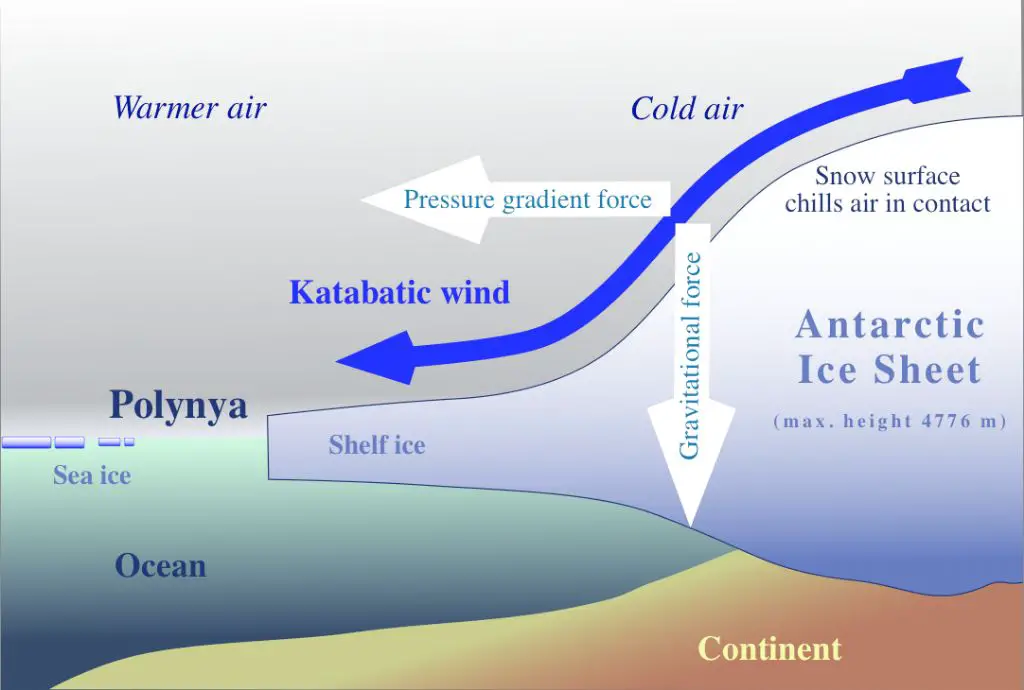
However, Earth’s rotation also impacts wind flow through the Coriolis effect. This causes winds in the Northern Hemisphere to curve to the right and winds in the Southern Hemisphere to curve to the left. So winds don’t blow directly from areas of high to low pressure, but are deflected off course by the planet’s spin.
The contrast between high and low pressure zones leads to weather patterns like trade winds near the equator and prevailing westerlies in the mid-latitudes. The interaction between air masses helps generate storms and circulation cells. Variations in pressure gradients around the world are the basic mechanism that drives winds on a global scale.
Convection
Convection currents play a key role in the formation of wind. When sunlight hits the Earth’s surface, it heats up the ground and air near the surface. As this air is heated, it becomes less dense and lighter than the cooler air above it. This causes the warm air to rise, leaving an area of lower pressure at the surface. As the warm air rises, cooler denser air moves horizontally to replace it, creating wind.
This convective process drives global wind patterns like trade winds, but it also generates local winds. For example, during the day, the air above land heats up more quickly than air above water. The warm air over land rises, pulling in the cooler air from over the water. This convection current creates sea breezes blowing from ocean to land during the daytime.
Convection is one of the key drivers of winds, as differences in air temperature and density cause air masses to rise and move, creating wind circulation patterns on both local and global scales.
Weather Fronts
Weather fronts are boundaries between air masses of different temperatures and densities. As these air masses meet, they do not mix, instead one mass slides over the other. This sliding motion causes wind.
There are two main types of weather fronts that cause wind – cold fronts and warm fronts.
Cold fronts form when a cold air mass moves into an area occupied by a warmer air mass. As the denser, colder air moves in, it pushes under the warmer, less dense air, forcing the warm air to rise. This upward motion causes wind ahead of the front.
Warm fronts occur when a warm air mass advances into an area occupied by colder air. As the warm air moves over the cold air, the cold air is forced down and slides underneath the encroaching warmer air. This causes wind behind the warm front as the warm air rises up over the cold air mass.
So in summary, cold fronts cause wind ahead of the front, while warm fronts cause wind behind the front as the air masses of different densities collide and are forced to move vertically.
Wind Speed Factors
Three major factors influence wind speed:
Pressure Gradients
Differences in air pressure cause air to flow from high to low pressure. The greater the pressure difference, the faster the wind flows. Areas of high pressure push air outward, while areas of low pressure pull air inward.
Rossby Waves
These very long waves in the upper atmosphere influence surface weather. The peaks and valleys of Rossby waves create pressure systems that drive wind patterns.
Temperature Differences
Heated air expands and rises, causing lower pressure that draws in cooler surrounding air. This creates convection currents. Temperature contrasts between air masses also drive winds when cold and warm fronts meet.
Measuring wind
There are two main instruments that are used to measure wind. The first is called an anemometer. This instrument is used to measure wind speed. It contains a rotating component with cups or propellers that spin when the wind blows on them. The rate of rotation is proportional to the wind speed, allowing the anemometer to produce a wind speed reading.
The second instrument is known as a wind vane or weather vane. This instrument measures wind direction. It contains a freely rotating component shaped like an arrow that points into the wind. By reading the direction the arrow is pointing, the wind vane provides information about wind direction. Wind vanes allow meteorologists to see what direction the wind is coming from at a given location.
Together, anemometers and wind vanes provide critical data about two of the most important characteristics of wind – its speed and direction. This information is vital for meteorologists and climatologists studying wind patterns and weather systems. The data collected by these instruments around the world is used to track weather fronts, model climate systems, and issue wind-related forecasts and warnings.
Beaufort Scale
The Beaufort scale is a historical wind force scale that relates wind speed to observed conditions at sea. It was created in 1805 by Sir Francis Beaufort of the British Royal Navy to help sailors estimate the winds via visual observations.
The scale starts at 0 and goes up to 12, with each number corresponding to a different description of wind conditions like “light breeze”, “gale”, or “hurricane force”. At force 0 there is calm with a wind speed less than 1 knot. At force 12 the wind speed is over 64 knots with “hurricane” conditions.
While the Beaufort scale originated as an empirical measure for friction on sailing ships in the early 19th century, it evolved to help estimate wind speeds. The scale increased in popularity and more precise descriptions and wind speed equivalents were added over the decades.
To use the scale, an observer simply notes the visual wind conditions like wave height and surface impacts. Each description corresponds to a specific wind speed range. This provided a reliable way to estimate wind speeds long before anemometers were invented to measure it directly.
Impacts of Wind
Wind can have significant impacts on the natural environment, infrastructure, and human activities. Some of the main ways that wind impacts the world around us include:
Erosion and Deposition
Wind is a major agent of erosion and deposition. As wind blows over the earth’s surface, it can pick up and transport sediment like soil, sand and small rocks. Over time, this can cause erosion in areas where sediment is picked up by the wind. The sediment is then deposited in new locations downwind, sometimes forming dunes or loess deposits.
Energy Generation
Wind energy is used to turn turbines to generate renewable electricity. Wind farms consisting of many wind turbines are increasingly being built onshore and offshore to harness the power of the wind. Wind energy helps diversify energy supply and reduce dependence on fossil fuels.
Architecture Considerations
Architectural design must account for wind. Skyscrapers and bridges have to be engineered to withstand strong winds. Wind impacts the optimal shape and orientation of buildings. Vents and openings are designed to use natural wind flows for ventilation and cooling. Urban planning also considers wind mitigation through design elements like windbreaks.

